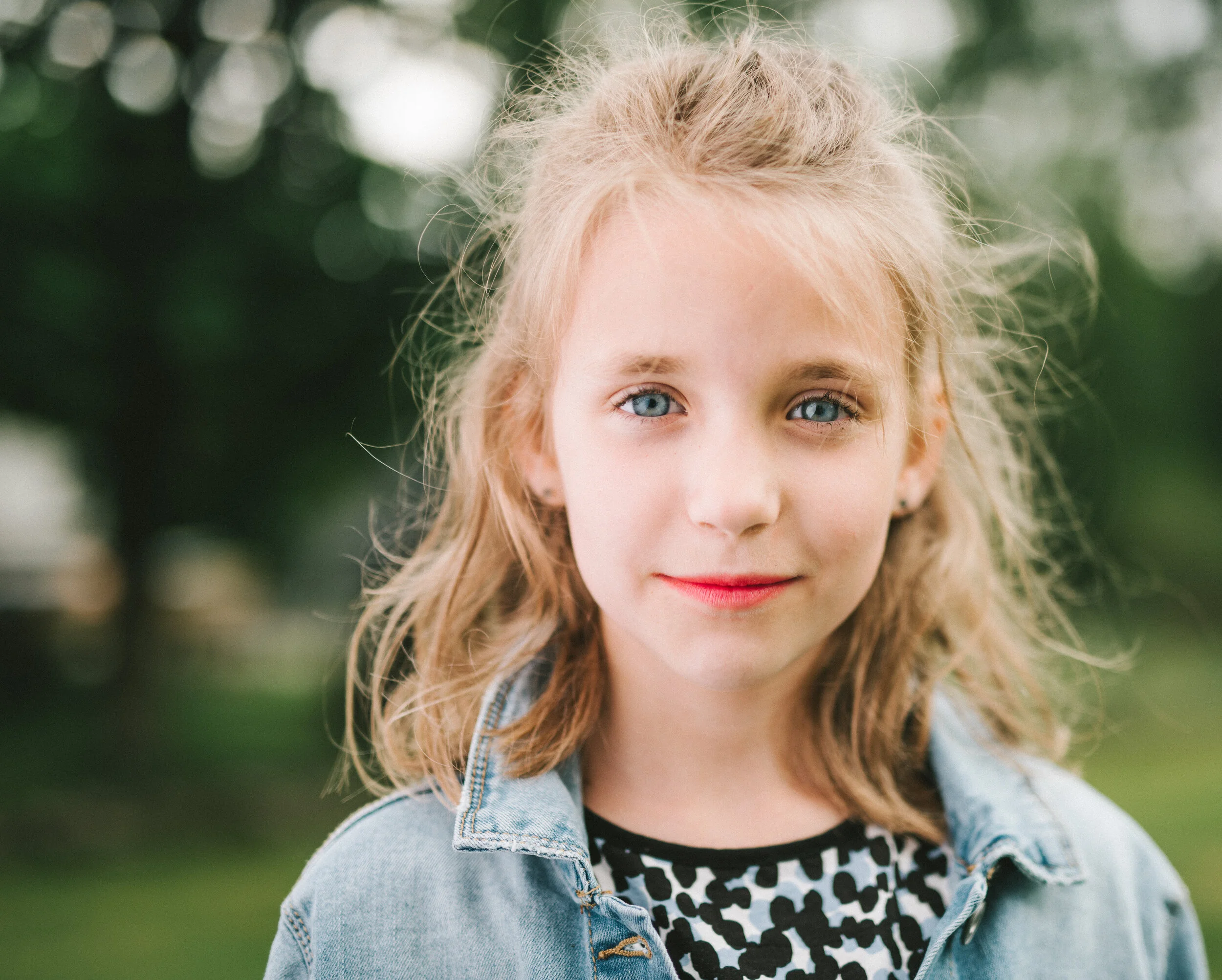Obsessive-compulsive disorder, or OCD, is a common form of anxiety that affects up to 3% of kids in the U.S. Parents can play a big role in spotting early signs and symptoms of OCD in children, especially since the problems kids experience can be subtle at first. In this post, I’ll debunk some of the common myths and misconceptions about OCD, highlight some common symptoms to look for, and share how to get the best help for your child if you’re concerned about OCD.
Obsessive-Compulsive Disorder: Stereotypes vs. Reality
“I like to make sure all my papers and pencils are organized…I’m a little OCD.”
“I’m super OCD about my house being clean.”
“I have such OCD about getting my books back to the library on time.”
Have you ever heard anyone talk like this? Over the last decade or so, “OCD” has become a household word. Often used as a slang term to describe someone who is very organized or strict about something, the way we use “OCD” in casual conversations is not a very accurate description of what life is like for people who have this disorder. More people are aware of OCD than ever before, which is great! On the other hand, the stereotype of an “OCD” person as always being extremely neat and tidy might make it harder for parents to spot true signs of OCD in children. Not all kids (or adults) with OCD are particularly clean or organized!
Obsessive-compulsive disorder, or OCD, is a form of anxiety that affects both children and adults, but often begins in childhood. The American Psychiatric Association defines OCD as “an anxiety disorder in which time people have recurring, unwanted thoughts, ideas or sensations (obsessions) that make them feel driven to do something repetitively (compulsions).”
Common OCD Symptoms in Children
OCD has two main symptoms: obsessions and compulsions. Obsessions are repeated, bothersome thoughts that are different from the worries most of us experience occasionally. They pop up again and again, even when the person does not want to be thinking about them. Often, the thoughts are very unrealistic, frightening, or illogical. People who suffer from OCD may know that their worries are not logical, but continue to be bothered by them.
To stop their obsession from bothering them, people with OCD feel compelled to do something to relieve anxiety or to prevent something bad from happening. This might be a common behavior that has been taken to an extreme and repeated too much, like handwashing or asking for reassurance. Sometimes, the behavior may not be tied logically to their worry. For example, kids with OCD may need to a certain number of items perform tasks in a certain order.
Kids with OCD sometimes describe an “itch” or “not right” feeling that they have until their compulsion is completed. While performing a compulsive behavior helps the person to feel better for a little while, the OCD thought always recurs again, leading the person to have to perform the compulsion over and over.
Everybody has worries or feels the need to do something to prevent bad luck from time to time, but for children and adults with OCD, these repetitive behaviors take up a ton of time—even many hours a day. The obsessions and compulsions of OCD get in the way of a person’s day-to-day life. If your child’s repetitive behavior or worries are beginning to interfere with their daily activities, it’s a sign that OCD symptoms may be to blame.
What Are the Most Common Signs of OCD in Children?
Often, children feel very confused or even ashamed of OCD symptoms. They may not be able to verbalize exactly what they’re going through to their parents, but they can probably tell something is not right. A child with OCD may bring up repeated worries, even after being reassured about it multiple times, or appear repeatedly anxious in situations that may not seem entirely logical. Some common fears and obsessions for children with OCD are:
Fear of dirt, germs, or items becoming “contaminated”
Worries related to religion or morality, such a truthful child being afraid of possibly lying
A need for things to be symmetrical, in a certain order, or done a certain number of times
Worries about getting sick, others getting sick, or throwing up
Thoughts about violent or upsetting things happening that feel intrusive (unwanted by the child)
In addition to these worries, children with OCD usually feel the need to repeat a certain behavior over and over again. These repeated actions, called compulsions, are also commons sign of OCD in children:
Repeatedly checking things, such as light switches, the oven, or reviewing homework
Rituals that must be performed exactly the same way each time, such as an elaborate bedtime routine
Hand-washing, showering, or brushing teeth more often than necessary
Counting or arranging items in a specific way
Repeatedly asking for reassurance from parents or friends
What’s the Best Treatment for OCD Symptoms in Kids?
OCD can impact many areas of a child’s life, including their ability to focus on schoolwork, their sleep and eating habits, and their ability to fit in with friends. Treatment for OCD supports a child in all these domains, as well as helping the child to break the cycle of obsessions and compulsions. Research suggests that Exposure and Response Prevention, also known as ERP, is the most effective form of therapy for OCD.
ERP helps children to notice when their worries become obsessive, and empowers them with specific strategies to reduce their need to follow through with compulsive behavior. Over time, the urge to complete the compulsion gets weaker and weaker, and children are better able to identify and ignore any “OCD worries”.
Get Help for OCD and Childhood Anxiety in Charlotte, North Carolina
If you’re interested in learning more about how therapy could help your child with the signs and symptoms of OCD, feel free to reach out to me here. I’m available to help kids in North Carolina, New York, and Florida using online therapy. Not in one of those states, or not ready for therapy? Learning coping skills such as relaxation techniques and how to spot unhelpful thinking patterns can benefit kids with any form of anxiety. My educational course, Worry-Free Tweens, is not a replacement for therapy but may be a helpful first step for you and your child to learn skills together.
You can also find more helpful information at the sources below:
Nationwide Children’s Guide to OCD
The CDC’s Children’s Mental Health OCD Information Page




